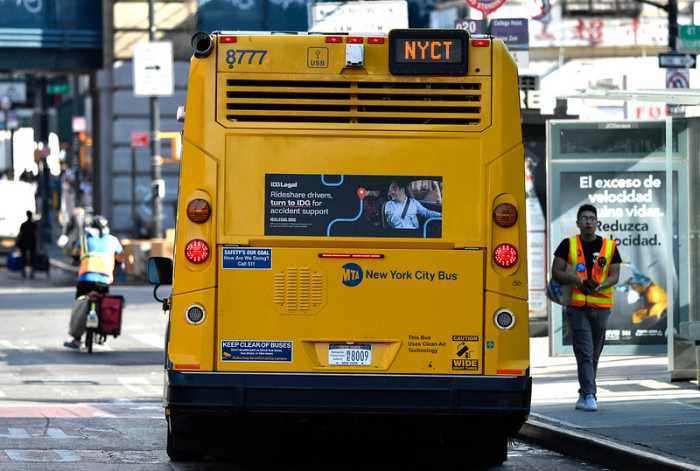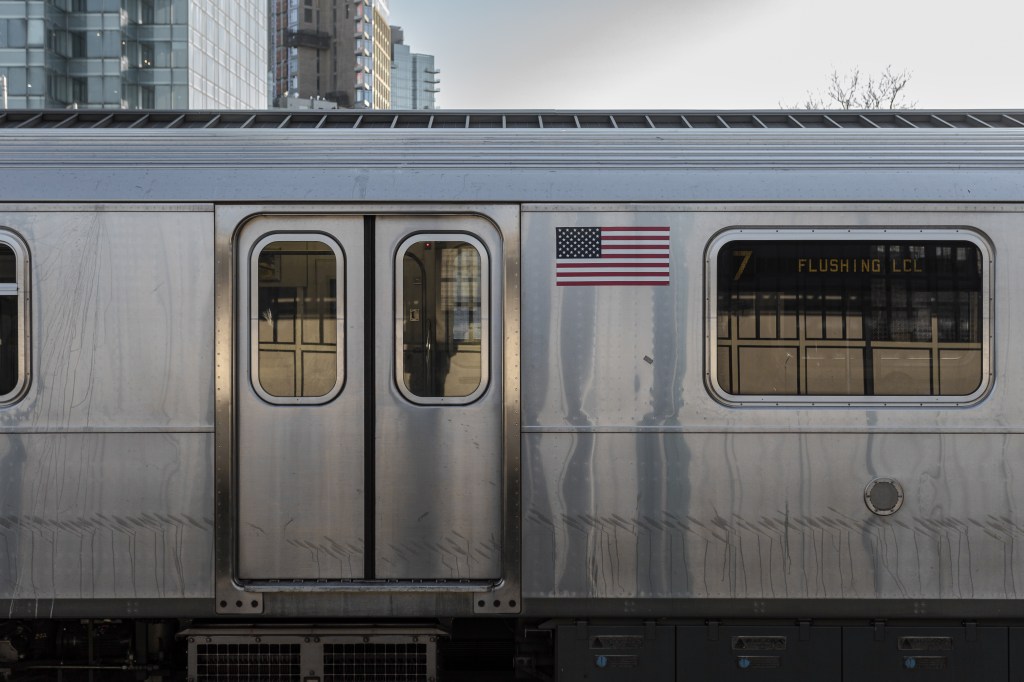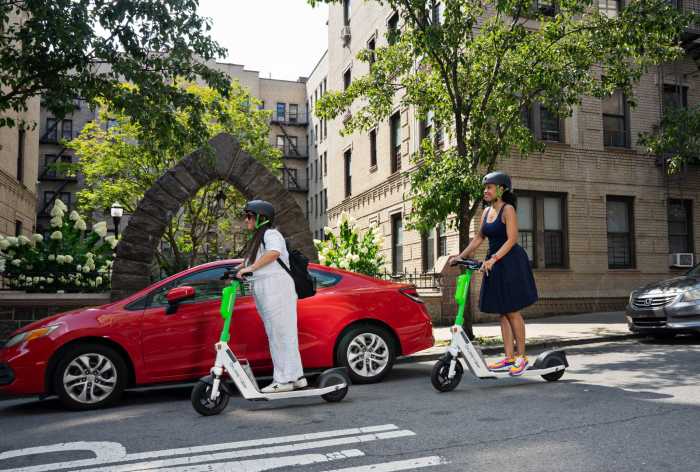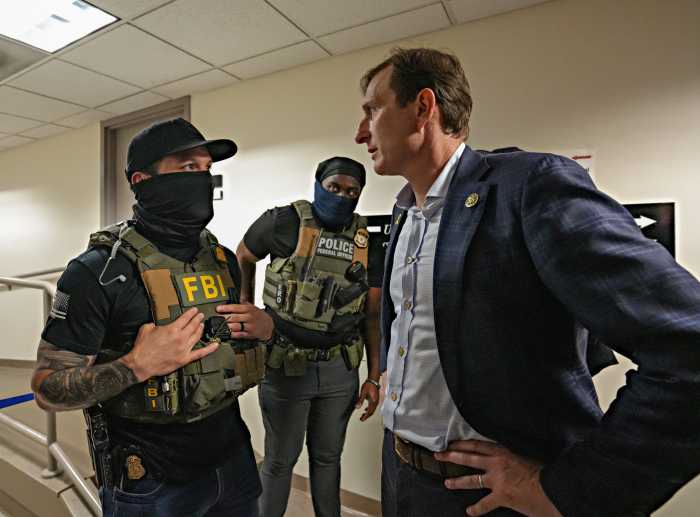By Philip Newman
Officials of the Metropolitan Transportation Authority have been crunching figures in search of the best formula to raise transit fares without financially damaging the ever-rising numbers of straphangers.
One such idea under discussion includes increasing the cost of a monthly MetroCard by $4.50 to $116.
Another plan would keep the $2.50 basic fare and still another would cut bonuses.
MTA officials said all such ideas were just that and nothing emerging from the discussions at this point was final.
Under the MTA’s long-range plan, fares and tolls would go up in 2015 and 2017 by no more than 4 percent. In any case, the plan will be finalized no earlier than late in December and possibly early January.
The first step will be the mandatory public hearings on a fare hike where straphangers can voice their complaints and suggestions about service on MTA entities. The hearings will be held in each borough and in other areas served by the MTA.
Next will be approval by the MTA board with the fare increases taking effect in March.
But the MTA’s specter of debt hovers over the entire scene.
In a recent report, New York State Comptroller Thomas DiNapoli said the MTA’s proposed $32.1 billion capital plan for 2015-19 faces a $15.2 billion funding gap which accounts for nearly half of the program’s total value.
The report said the MTA closed the $9.9 billion funding gap in the current capital program mostly by reducing its size and increasing borrowing to a record level.
The comptroller warned the MTA’s debt is expected to hit $39 billion in 2018 even before taking into account any new borrowing for the agency’s proposed capital program.
“Additional borrowing could increase pressure on fares and tools and while the MTA should look for opportunities for savings, deep cuts could affect the future reliability of the transit system and jeopardize expansion projects,” DiNapoli said.
The capital program includes such projects as the Second Avenue subway and the Eastside Access to bring the Long Island Rail Road into Grand Central Terminal and other such projects.
And the number of transit riders keeps rising. In fact, subway ridership broke a record on Sept. 23 with 6,106,694 using the system. Four other September days also saw more than 6 million straphangers.
“New Yorkers and visitors alike continue to vote with their feet,” said MTA Chairman Thomas Prendergast. “This is a phenomenal achievement. As ridership increases, the MTA Capital Program is vital to fund new subway cars and higher capacity signal systems.”





































